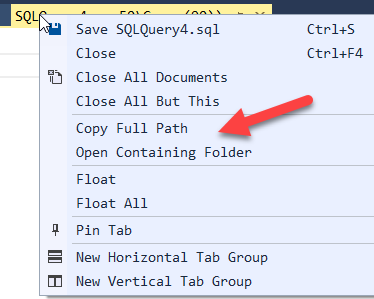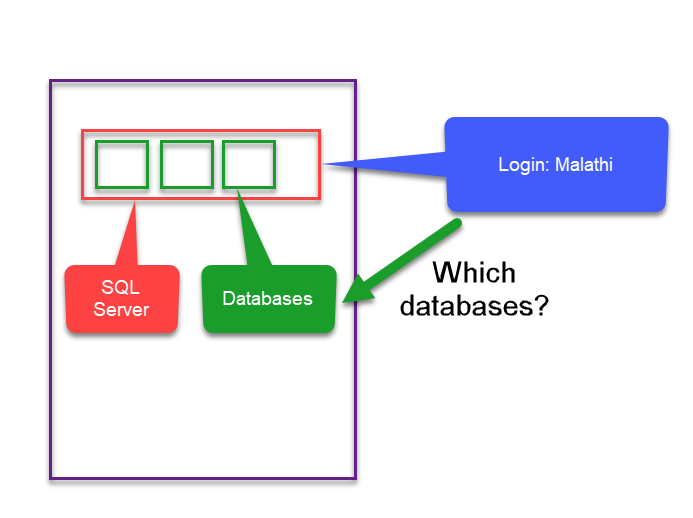T-SQL 101: 9 Finding out what's in a SQL Server table
In the last post, I described what tables were, and then showed how to view their contents using an option in Object Explorer in SQL Server Management Studio (SSMS).
If you’ve ever seen a SQL query of any type, you will have seen one like this:

It says to return all columns from the table, and to return all rows.
Fair enough.
But there are a few things to understand about this simple statement:
2019-03-19


